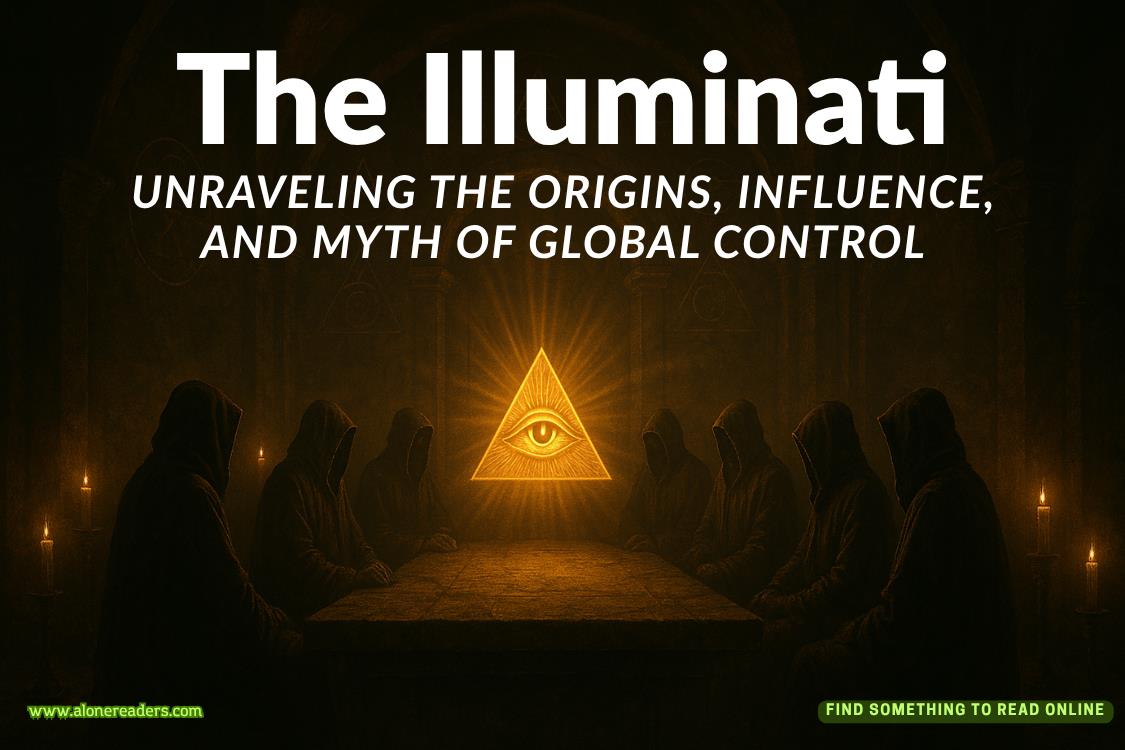Page 26 of It Happened Again
Brooks: I’d read somewhere that looking at flowers can help reduce stress levels—oh wait, I think a brilliant scientist named Maisy Calhoun did a study on that.
Maisy: I did, in fact.
Brooks: Is it working?
I smiled at myself and waited while she typed something back. The three dots appeared, then disappeared. Then a minute later, appeared again.
Maisy: I’ll get back to you on that after I study the data.
With a chuckle, I fired off an email to our florist, making sure they delivered a variety of fresh flowers daily to Maisy at Orion indefinitely.
I refocused on the plans laid out before me, only I knew this was more than a design brief. More than a project. But a second chance.
And I wasn’t about to waste it. I’d do anything to make Maisy mine.
10
HEART RATES DON’T LIE
BROOKS
I lovedthe air of a new building, smelling of fresh paint, tile floors, and, in my case, with Maisy, a world of possibilities. Or maybe I took her ideas of scent affecting moods a little too much to heart when I arrived at Orion today.
Good things were coming my way, and by good things, I meant Maisy. All mine. Soon. Meanwhile, patience and strategy became my new best friends.
We were deep into week two of her project. My crew had walls up, awaiting mud and paint. The space had finally begun to resemble something closer to her vision than just a construction site.
I met her here after hours tonight by design—only the two of us in the space, just the way I liked it. She wrestled with decisions on soft amber lights, flickering on for the first time as the motion sensor registered movement. I studied her while she jotted a few more notes on the clipboard that seemed attached to her body.
With a tilt of my head, I asked, “Tell me—what exactly are you hoping to measure with all of this? Mood? Brain activity? Or which lightbulbs make us cry less mid-winter?”
She laughed softly, standing and brushing her hands against her thighs. “A little of everything. The goal is to monitor the effects of environmental stimuli in real time on the body. Think: heart rate variability, cortisol levels, skin response. This kind of sensory environment could reduce stress reactivity in patients, improve outcomes for neurodiverse individuals, and maybe even enhance memory retention during recovery.”
I let out a low whistle. “All that from some pretty lighting and acoustic panels?”
She arched a brow. “Don’t underestimate the brain’s love language, Brooks. Sometimes the simplest changes in atmosphere can yield the most profound neurological results.”
“Like you being in the room,” I muttered, and her smile curved wider.
“Me?” She gave me a sly smile. “Guess that depends on who else is in the room with me.”
I tucked that one away, already calculating how I could translate it all to her real life. Flowers were a start—something pretty, fragrant, alive in calming color palettes like lavender, pale blue, and cream—but maybe I could do more. Curate calm the way she designed it. Replace the pressure with brief moments of peace. She wouldn’t even know I was doing it. She’d only feel better somehow.
I reached across in front of her to fix a dangling cord on the light display. When I finished, I caught her eyes skimming down my backside. She couldn’t fool me. I smiled to myself.
Her desire for me returned, like a pulse under the skin. Talk about a bodily reaction to stimuli in the environment. Even dressed down in jeans and boots today, with a soft henley rolled to the elbows, still a little dusty from checking in with the construction crew earlier in the main wing, I must appeal to her. Not my usual polished look, but Maisy didn’t seem to mind.
If anything, her gaze had lingered. That wasn’t my imagination. I was growing on her.
With her laptop propped open and crouched by one of the built-in recessed light strips, she got back to work, scribbling measurements on a clipboard and muttering under her breath.
“You know,” I said, leaning against the wall, and observing. “For someone so brilliant, your handwriting is completely illegible.”
She looked up, a playful smirk forming. “That’s neuroscience font. Only certified brainiacs can read it.”
“I think you’re just trying to keep me from stealing your secrets.”I laughed, surprised. Every interaction with her became easier, familiar—like the banter we’d always fallen into. But underneath it, something had shifted during our side-by-side work, the way we started finishing each other’s thoughts on materials or layouts.
This wasn’t only about professional chemistry.















